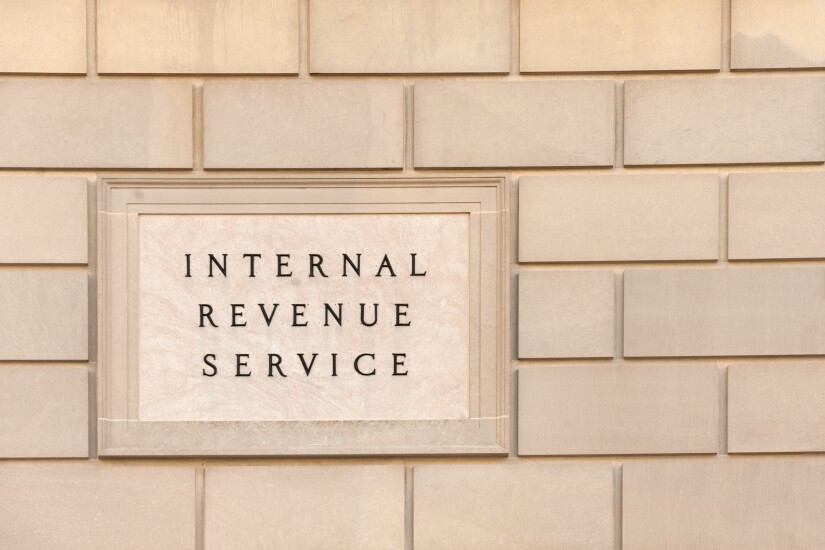Behold, the IRS audit. They are rare these days. Only one out of every 184 taxpayers experienced an IRS audit in 2017, and less than a quarter of these audits are conducted in person by the IRS.
For many, navigating an IRS audit looks as simple as parting the Red Sea. Fortunately, most IRS audits are done by mail and are much less intrusive than the dreaded audit where the taxpayer personally meets with the IRS at their office (called an “office” or “desk” audit) or at the taxpayer’s home or place of business (called a “field” audit).
Nine out of 10 audits end in a change to the tax return. In mail audits, the additional amount owed averages around $6,790. For face-to-face audits, the cost is much higher — taxpayers owe an additional $77,309 on average from these audits. Mail audits are fairly simple — taxpayers simply need to respond timely, in writing, to prove a few line items on their return. For office and field audits, or if the taxpayer is disputing the IRS determination in an audit, they should ask a professional to intervene.
In the meantime, for the chosen few who must deal with an IRS audit, there are some do’s and don’ts to follow to successfully navigate an IRS audit — the Ten Commandments in handling an IRS audit.












